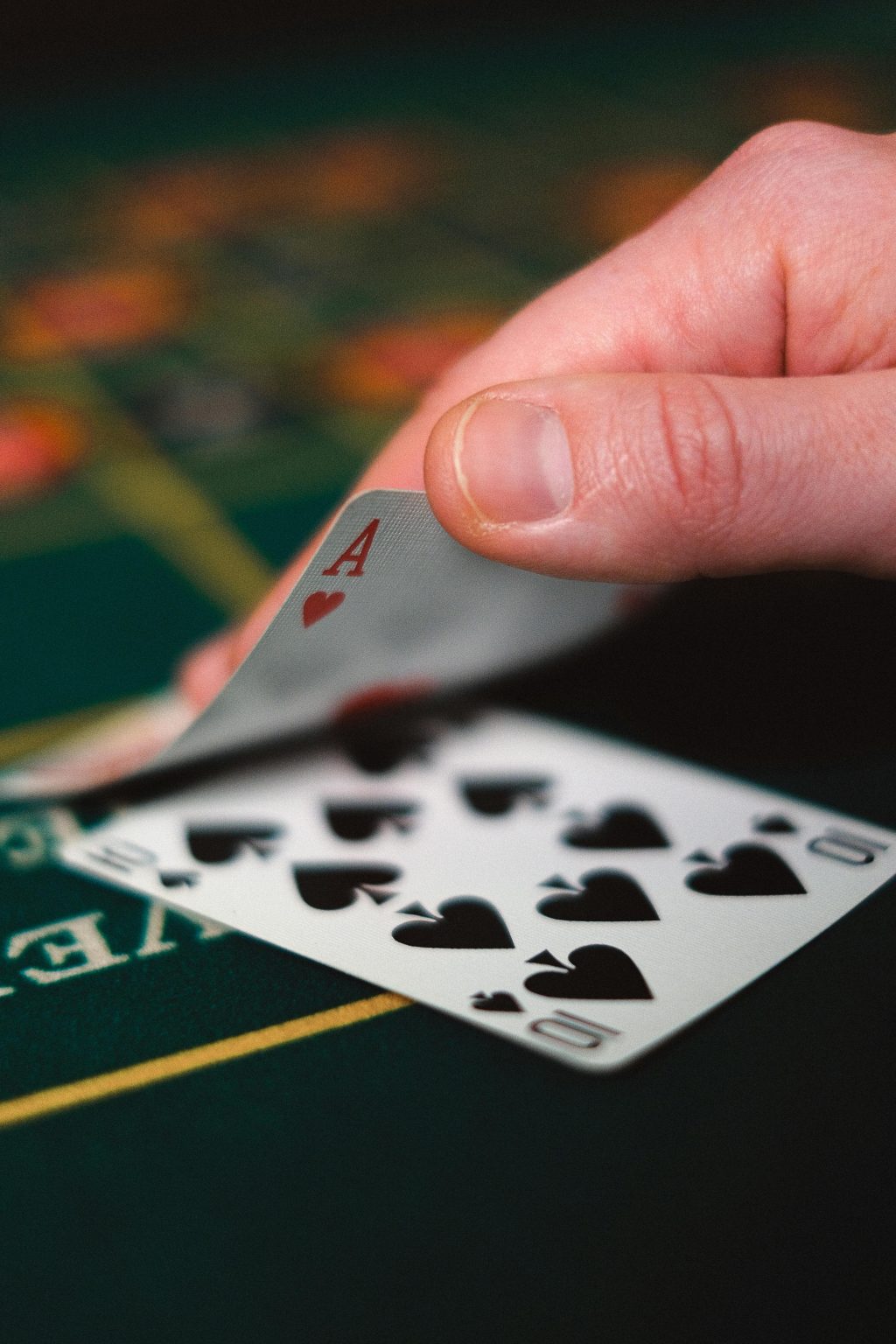You wouldn’t jump into a chess match without understanding how each piece moves, and the same goes for blackjack. Every hand is a puzzle, and the edge often hides in the numbers. Knowing your odds isn’t about memorizing a thick book of charts—it’s about understanding how probability flows through the deck like a current. In this guide, you’ll learn how to break down blackjack odds in a way that’s simple, practical, and grounded in real-game scenarios. Whether you’re trying to hit, stand, or double down, you’ll walk away with a sharper sense of the math behind each move.
Grasping the Basics: What Blackjack Odds Really Mean
Before diving into calculations, you need to see blackjack not as a game of guesses but as a structured decision tree. Odds in blackjack are essentially probabilities dressed up in a dealer’s tuxedo. They show you how likely it is you’ll win, lose, or push based on your hand and the dealer’s visible card. That’s the starting point: knowing what the numbers are actually telling you.
Understanding the House Edge
- The House Always Has a Slight Edge: Even with perfect play, most blackjack games give the house a built-in advantage of around 0.5% to 1%.
- Why the Dealer Has the Upper Hand: Dealers don’t make decisions—they follow a script. That means you can bust before they even act.
- Reducing the Edge: Playing the correct strategy in every scenario is your best defense against the house’s advantage.
Blackjack Odds per Hand Total
- Odds Vary by Your Total: A total of 16 has higher bust odds than 12. For example, hitting on 16 gives you about a 62% chance of busting.
- Dealer’s Upcard Changes Everything: Your odds aren’t fixed—they swing depending on what the dealer is showing.
- Push vs. Win vs. Loss: For a total of 20, you’re most likely to win unless the dealer flips over a 10 or Ace.
Deck Composition and Its Influence
- Fewer Decks, Better Odds: Single-deck blackjack gives you better chances because fewer cards make probability shifts more noticeable.
- Card Ratios Matter: The number of tens and aces left in the deck increases your odds of hitting blackjack or a strong hand.
- Burn Cards Can Alter Probabilities: Even cards that are no longer in play slightly shift the odds going forward.
Step-by-Step: How to Calculate the Odds Mid-Hand
Once the cards start hitting the felt, your job is to start calculating—not randomly guessing. Odds shift from one second to the next. Think of it like playing poker while also keeping one eye on the weather forecast. You’re predicting based on patterns.
Track What’s Been Played
- Keep a Mental Tally: You don’t need to count cards to keep a rough idea of what’s already been dealt.
- Look for Clusters: If multiple high cards have appeared in recent hands, odds lean toward more low cards showing up soon.
- Adjust Based on Runs: A string of low cards increases your odds of pulling a ten—especially when trying to build toward 21.
Calculate Bust Probability
- Know Your Breaking Point: If you’re sitting on 13, hitting means you’ll bust if the next card is 9 or higher. That’s roughly 38% of the deck.
- Use the 13-16 Rule: These are the most dangerous totals to hit on. Calculating bust odds here is critical to survival.
- Consider Dealer’s Risk Too: Sometimes the odds of the dealer busting are greater than the odds of you improving your hand.
Estimate Dealer’s Hidden Card Value
- Assume a 10: Statistically, tens and face cards are the most common in the deck.
- Factor in What You Can See: If lots of low cards are on the table, the odds that the dealer is hiding a high card increase.
- Know Dealer Stand Rules: If the dealer stands on soft 17, you have slightly better odds when their upcard is a 6 or lower.
Using Odds to Sharpen Strategy
The point of knowing your odds isn’t to paralyze you with math—it’s to help you act with confidence. The more you understand the probability behind each move, the less you’re gambling and the more you’re investing in better decisions.
Use Strategy Charts as a Foundation
- They’re Built from Math: Strategy charts are the result of millions of hands simulated to find the best possible moves.
- Situational Advice: They tell you exactly what to do when you hold 14 and the dealer shows a 10.
- Not a Guarantee—A Guide: Even with perfect play, luck plays a part. These charts help you make the best long-term decisions.
Know When to Deviate
- Based on Deck Count: In a game with fewer decks, you may alter moves like splitting or doubling down.
- Card Counting Comes into Play: Even a simple count like Hi-Lo can shift your odds just enough to justify breaking from standard strategy.
- Emotional Awareness Is Key: Sometime, the smartest move is knowing when your own stress or tilt is clouding your judgment.
Manage Risk Like a Pro
- Bankroll is Your Lifeline: No odds calculation matters if you’re wagering more than you can afford to lose.
- Use Odds to Inform Bet Size: Raise your bets when the numbers are in your favor, not just on a whim.
- Play Fewer Hands Better: Focus on a few calculated decisions rather than spreading thin across dozens of weak ones.
Conclusion
Mastering blackjack odds isn’t about becoming a math wizard—it’s about turning a guessing game into a guided experience. By learning how to calculate probabilities mid-hand and adapting your play accordingly, you build control over your outcomes.
The cards may be random, but your choices don’t have to be. Understanding the numbers gives you something most players never have at the table: clarity. And in a game where tiny percentages add up over time, that clarity can be the difference between staying in the game and walking away empty-handed. Finally, if you are looking for the latest updates from Detroit Metro Times on the best blackjack sites, then check out their article!



